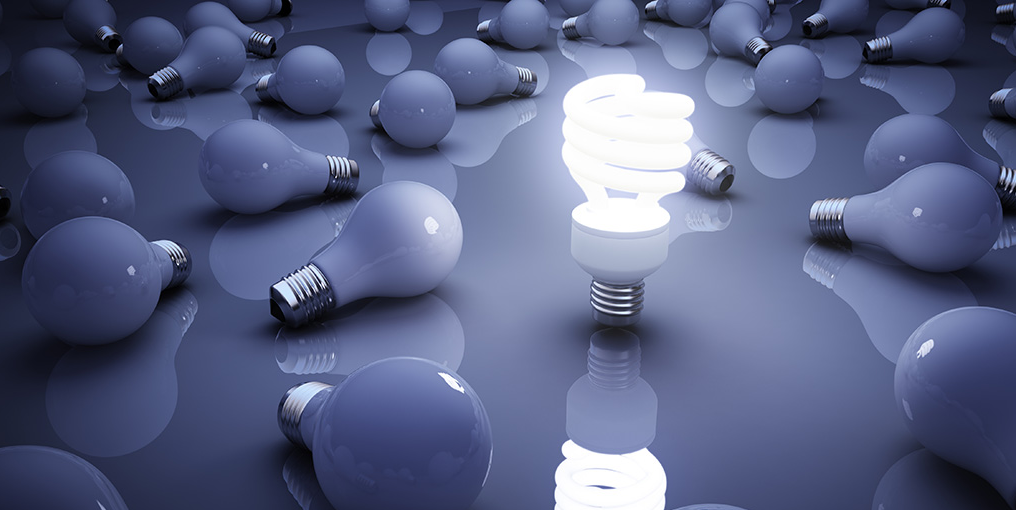Types of Lighting Bulbs! Light is the essence of photography. It can transform an ordinary scene into a mesmerizing work of art. But not all light bulbs are created equal when capturing that perfect shot. This article will delve into the fascinating world of photography lighting bulbs – from incandescent and fluorescent to LED and halogen – revealing their unique qualities, advantages, and disadvantages. Whether you’re a professional photographer or just starting out on your creative journey, understanding these different types of bulbs will help you master the art of light manipulation in your photographs like never before.
Types of Photography Lighting Bulbs
Here are some types of photography lighting bulbs
1. Incandescent Bulbs
Incandescent bulbs are traditional light sources known for their warm, yellowish glow. In photography, they can add warmth to a scene, creating a cozy and inviting atmosphere. However, incandescent bulbs can cast a strong colour cast, which may require colour correction during post-processing. They are less energy-efficient compared to newer lighting options.

2. Halogen Bulbs
Halogen bulbs are an improved version of incandescent bulbs, offering a brighter and whiter light. They are commonly used in photography for their high colour temperature, resembling daylight. Halogen lights are ideal for portrait and product photography, providing crisp, natural-looking illumination.
3. Fluorescent Tubes
Fluorescent tubes are popular in studio lighting setups due to their energy efficiency and cool temperature. They come in various colour temperatures, including daylight-balanced (around 5500K) and warm (around 3200K). Daylight-balanced fluorescent lights are excellent for achieving a neutral, balanced colour rendition, making them suitable for various photographic applications.

4. LED Bulbs
Light Emitting Diode (LED) bulbs have gained popularity recently due to their energy efficiency, long lifespan, and versatility. LED lights are available in various colour temperatures, making them suitable for photographic applications. They emit very little heat, making them safe for close-ups and continuous lighting setups.

4. Compact Fluorescent Lamps (CFLs)
CFLs are energy-efficient alternatives to traditional incandescent bulbs. They come in various colour temperatures and are cost-effective for indoor and outdoor photography. Daylight CFLs provide excellent white light that mimics natural daylight, while warm CFLs are suitable for creating a cozy ambience in portraits or still-life photography.
5. Tungsten Bulbs
Tungsten bulbs are commonly used in film and television production. They produce a warm, amber-coloured light with a colour temperature of around 3200K. Tungsten lights help add drama and character to portraits or achieve a vintage look in photography.
6. HMI Bulbs
Hydrargyrum medium-arc iodide (HMI) bulbs are high-intensity discharge lamps producing robust daylight-balanced light. They are favoured in outdoor and studio lighting setups requiring powerful and consistent lighting. HMI lights are excellent for fashion and commercial photography.
7. Strobe Lights
Strobe lights, often used in studio photography, provide powerful bursts of light that freeze motion and allow for high-speed photography. Strobes come in various forms, including monolights and external flash units. They are essential for achieving sharp, well-lit portraits and can be adjusted to match the desired colour temperature.
8. Ring Lights
Ring lights are specialized lighting tools often used in beauty and fashion photography. They provide even and shadowless illumination by encircling the camera lens. Ring lights are known for creating captivating circular catchlights in the subject’s eyes and can be used to achieve a flattering, soft look.
9. Mixing Different Light Sources
In some cases, photographers use a combination of different light sources to achieve creative effects. For example, mixing warm tungsten lighting with cool daylight-balanced fluorescent or LED lighting can create visually striking and unique colour contrasts in photographs.
Conclusion
Understanding the various types of lighting bulbs in photography is essential for achieving your images’ desired look and mood. Each bulb type has unique characteristics, colour, temperature, and applications. As a photographer, your choice of lighting bulb should align with your creative vision and the specific requirements of your photographic project. By experimenting with different lighting sources and techniques, you can harness the power of light to elevate your photography to new heights and create captivating visuals that tell your story with impact.



